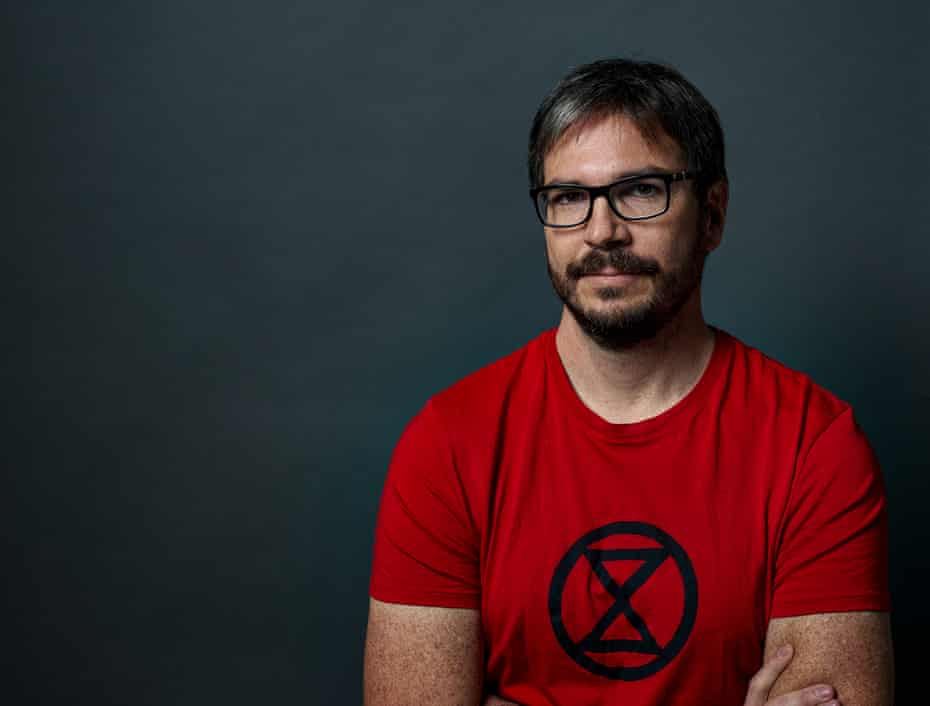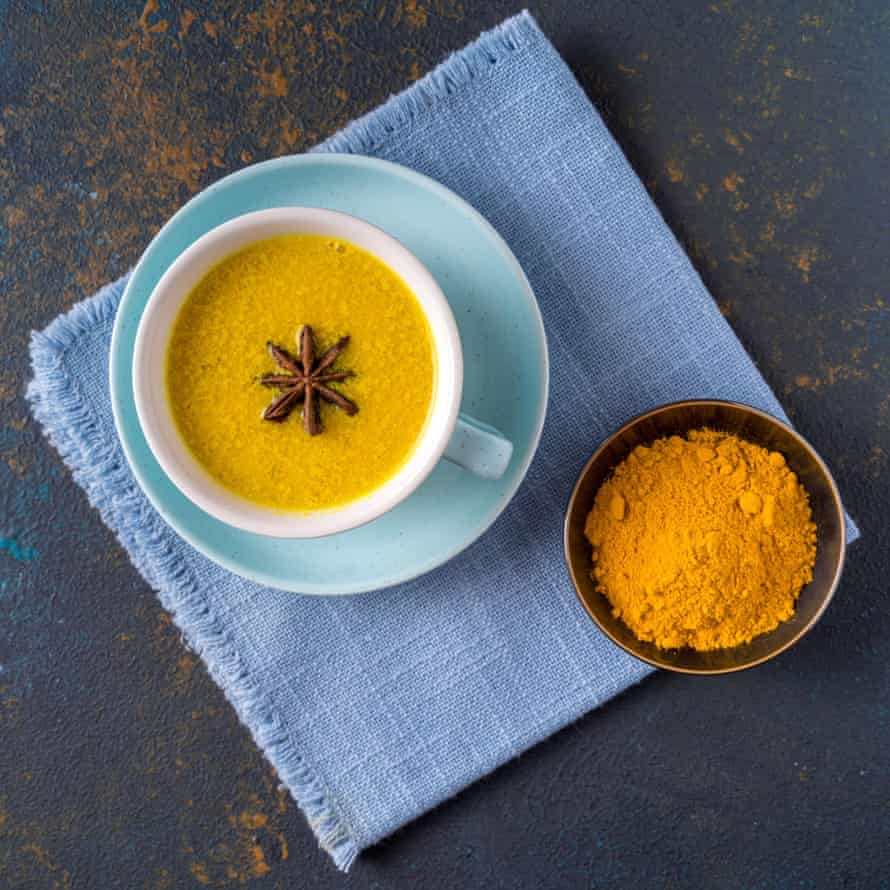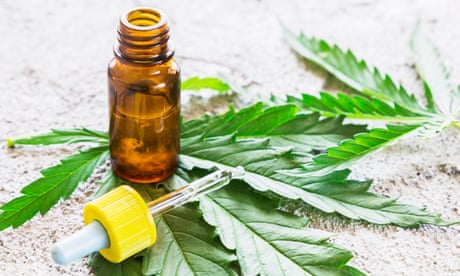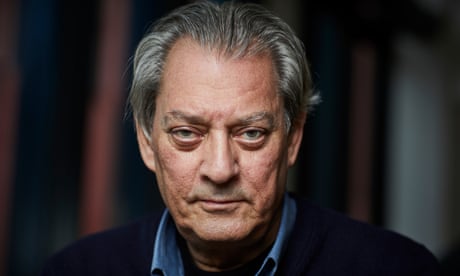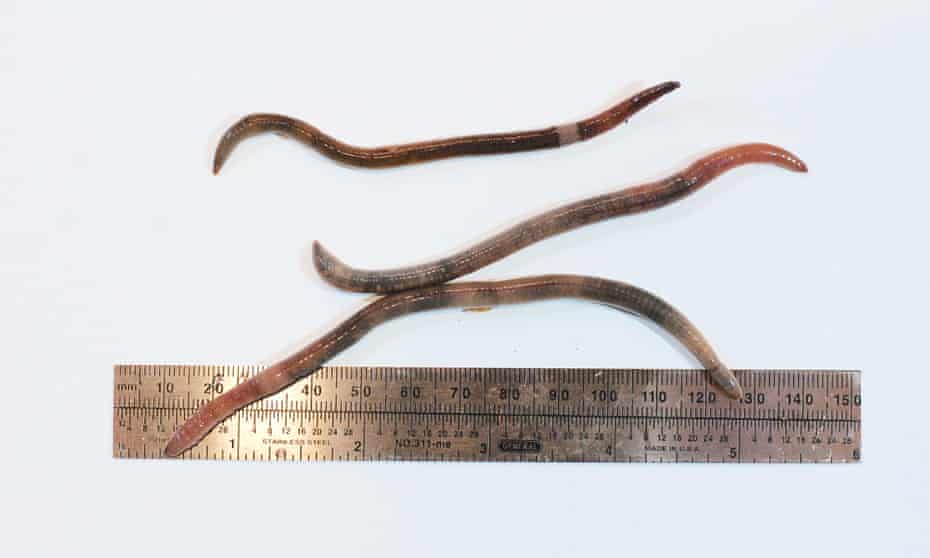FIRs filed against senior journalists over alleged criticism of state institutions
DAWN.COM
Published May 22, 2022 -

The FIR said that the complainant had heard Khan allegedly talking against the army and the institutions in a "derogatory and provocative language" on social media.
Meanwhile, a pair of FIRs were also registered against anchorperson Arshad Sharif on Friday and Thursday in Hyderabad and Karachi. The FIRs, copies of which are available with Dawn.com, were registered under Sections 131, 153 and 505 of the PPC.
They referred to Sharif's comments in a conversation with journalist Matiullah Jan on his YouTube channel wherein he allegedly "disrespected" state institutions and uttered statements that attempted to "spread hate in the army and create a hateful atmosphere".
Another FIR in Dadu, registered on Friday under PPC Sections 131, 153 and 505, mentioned Sharif and fellow ARY News journalist Sabir Shakir. The FIR said that "derogatory language" regarding state institutions was used in a conversation between the two and analogies were drawn to Mir Jafar and Mir Sadiq. It added that the two were inciting people against the army and state institutions.
It is pertinent to mention that a similar FIR was also recently registered against journalist Sami Ibrahim in Attock under Sections 505, 131 and 499 (defamation) of the PPC, which deal with statements creating or promoting enmity, hatred, attempting to seduce a soldier, sailor or airman from his duty.
The FIR was based on a complaint by Akhtar Javaid advocate, a resident of Attock city, who said he had viewed "Canadian Pak News", Ibrahim's Youtube channel. He said that Ibrahim had hatched a conspiracy and spread rumours against state institutions in a vlog.
Sharif claimed today that "multiple cases" were registered against the four journalists in various police stations across the country.
The journalists against whom the FIRs have been filed are commonly understood to be closer to the PTI.
Meanwhile, PTI Chairman Imran Khan condemned the filing of FIRs against the journalists and branded it "political retaliation". He alleged that the government was behind the "fake FIRs" and said it was "absolutely unacceptable".

The Pakistan Electronic Media Regulation Authority (Pemra) had warned TV channels on Monday against airing content that "ridicules" state institutions, especially the judiciary and the army, or face retribution such as suspension of transmission and imposition of a fine without any prior notice. Pemra's instruction had followed after a similar warning on May 9 ago wherein it warned private electronic media from airing content against the armed forces and judiciary.
The army also recently took a "strong exception" to "intensified and deliberate attempts" to drag its name into the country's ongoing political discourse by "some political leaders, journalists and analysts".
The military's media wing had noted that attempts to involve the armed forces and its senior leadership in the political discourse were "manifest through direct, insinuated or nuanced references made by some political leaders, few journalists and analysts on public forums and various communication platforms, including social media".

A combination photo of journalists Imran Riaz Khan, Sabir Shakir, Arshad Sharif and Sami Ibrahim — all of whom have seen FIRs registered against them this week. — Twitter
Cases have been registered against journalists Imran Riaz Khan, Sabir Shakir and Arshad Sharif for allegedly criticising state institutions and abetting mutiny, it emerged on Sunday.
The first information report (FIR) against Khan, a copy of which is available with Dawn.com, was registered in Thatta's Dhabeji police station under Sections 131 (incitement to mutiny), 153 (provoking to cause riot), 452 (trespassing) and 505 (statement conducing to public mischief) of the Pakistan Penal Code (PPC).
Cases have been registered against journalists Imran Riaz Khan, Sabir Shakir and Arshad Sharif for allegedly criticising state institutions and abetting mutiny, it emerged on Sunday.
The first information report (FIR) against Khan, a copy of which is available with Dawn.com, was registered in Thatta's Dhabeji police station under Sections 131 (incitement to mutiny), 153 (provoking to cause riot), 452 (trespassing) and 505 (statement conducing to public mischief) of the Pakistan Penal Code (PPC).
The FIR said that the complainant had heard Khan allegedly talking against the army and the institutions in a "derogatory and provocative language" on social media.
Meanwhile, a pair of FIRs were also registered against anchorperson Arshad Sharif on Friday and Thursday in Hyderabad and Karachi. The FIRs, copies of which are available with Dawn.com, were registered under Sections 131, 153 and 505 of the PPC.
They referred to Sharif's comments in a conversation with journalist Matiullah Jan on his YouTube channel wherein he allegedly "disrespected" state institutions and uttered statements that attempted to "spread hate in the army and create a hateful atmosphere".
Another FIR in Dadu, registered on Friday under PPC Sections 131, 153 and 505, mentioned Sharif and fellow ARY News journalist Sabir Shakir. The FIR said that "derogatory language" regarding state institutions was used in a conversation between the two and analogies were drawn to Mir Jafar and Mir Sadiq. It added that the two were inciting people against the army and state institutions.
It is pertinent to mention that a similar FIR was also recently registered against journalist Sami Ibrahim in Attock under Sections 505, 131 and 499 (defamation) of the PPC, which deal with statements creating or promoting enmity, hatred, attempting to seduce a soldier, sailor or airman from his duty.
The FIR was based on a complaint by Akhtar Javaid advocate, a resident of Attock city, who said he had viewed "Canadian Pak News", Ibrahim's Youtube channel. He said that Ibrahim had hatched a conspiracy and spread rumours against state institutions in a vlog.
Sharif claimed today that "multiple cases" were registered against the four journalists in various police stations across the country.
The journalists against whom the FIRs have been filed are commonly understood to be closer to the PTI.
Meanwhile, PTI Chairman Imran Khan condemned the filing of FIRs against the journalists and branded it "political retaliation". He alleged that the government was behind the "fake FIRs" and said it was "absolutely unacceptable".

The Pakistan Electronic Media Regulation Authority (Pemra) had warned TV channels on Monday against airing content that "ridicules" state institutions, especially the judiciary and the army, or face retribution such as suspension of transmission and imposition of a fine without any prior notice. Pemra's instruction had followed after a similar warning on May 9 ago wherein it warned private electronic media from airing content against the armed forces and judiciary.
The army also recently took a "strong exception" to "intensified and deliberate attempts" to drag its name into the country's ongoing political discourse by "some political leaders, journalists and analysts".
The military's media wing had noted that attempts to involve the armed forces and its senior leadership in the political discourse were "manifest through direct, insinuated or nuanced references made by some political leaders, few journalists and analysts on public forums and various communication platforms, including social media".



